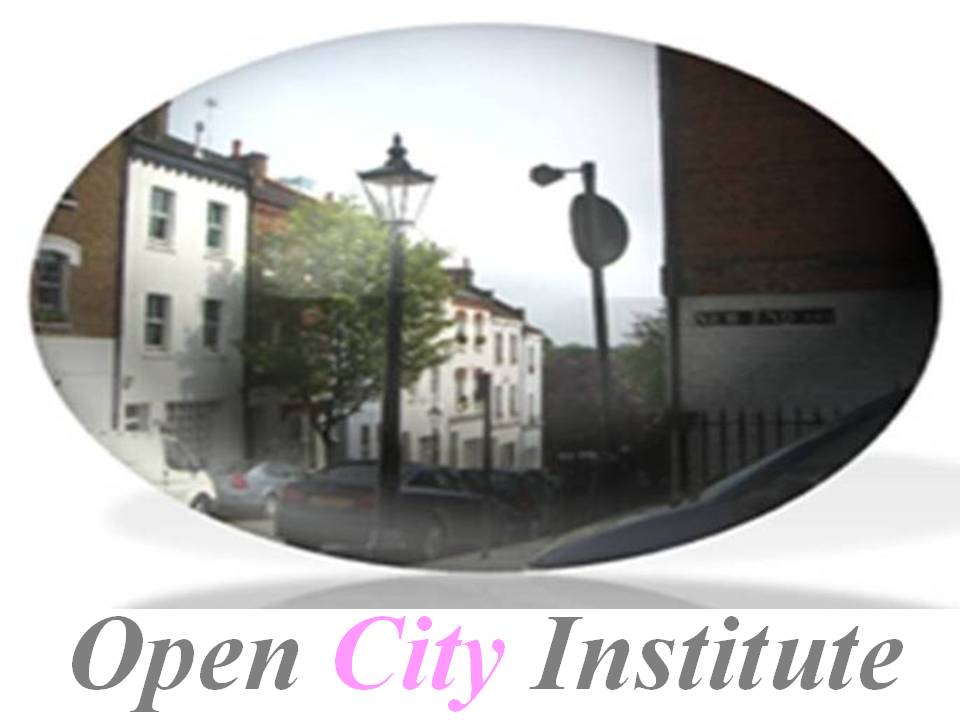

| Home |
 |  |
|
|
| Imagine your unlimited creativity |
Change Password, |
|
Universal Forum |
Universal Forum |
|
Category: This Forum shows content across all Categories |
|
Forum: |
 What are the future agenda for the neighbourhood effect?
What are the future agenda for the neighbourhood effect? |
| E-mail: | Unit: | |
| Answer: Knowledge about the size and mechanism of the impact of the neighbourhood is rapidly growing. However, crucial questions remain unanswered. These questions require a research agenda. | Hampstead Heath, London, in April | |
| Sequence: Assign a number (with decimals) determining the sequence of your question.: Friedrichs, Ju¨rgen , Galster, George and Musterd, Sako(2003) 'Neighbourhood effects on social opportunities: the European and American research and policy context', Housing Studies, 18: 6, 797 — 806 | Map: 2010-09-08 00:00:00 | |
 neighbourhood effects, as ‘dependent’
variables neighbourhood effects, as ‘dependent’
variables | ||||||
| Effects, as ‘dependent’ variables, may refer to the social mobility opportunities of people, but whose social mobility? Should the attention be focused on children’s progress in particular, since their steps in life may be decisive for the rest of people’s lives? Or would it also make sense to investigate the effects of environments on the lives of adults, unemployed, immigrants, etc. But even then various interpretations of social mobility are possible. The focus can be on improving the labour market position (from unemployed to employed; from poor to rich; from unstable jobs to stable jobs); but can also be on the social capital dimension (the size and quality of one’s social network), or on school participation (level of participation). Instead of focusing on social outcomes, we also may want to highlight outcomes in other spheres, such as health development, deviant behaviour, criminal behaviour, and the like. | ||||||
 Independent variables Independent variables | ||||||
| Independent variables can be distinguished at various levels. It makes sense to distinguish between six types of variables, each with
a different implicit spatial scale: - individual characteristics; - household characteristics; - endogenous neighbourhood variables; - exogenous neighbourhood variables; - metropolitan area characteristics and - welfare state regimes. Among the most important individual characteristics are variables such as age, gender, ethnicity, socio-economic position and dynamics and educational attainment and dynamics. Household type in demographic and socio-economic terms is also most important. The lifestyle of these households, their urban orientations (or not) and their spatial mobility levels seem to be most relevant to understand variations in ‘effects’. With regard to the neighbourhood variables, we suggest distinguishing between endogenous (factors originating within neighbourhoods) and exogenous (factors originating outside of neighbourhoods) ones. Endogenous variables are, for example, related to theories regarding socialisation and social control. They further include characteristics like the proportion of socially ‘weak’ households, the physical attributes and housing structure conditions, and the neighbourhood’s situation (location) in the metropolitan area. |
Exogenous variables are, for example, related to perceptions from outside and can, thus, contribute to the ideas related to stigmatisation. Here we should think of perceptions of service levels and physical conditions and of valuation by financial institutions, for example. At the metropolitan area level of explanations the dominant economic structure or historically grown, path-dependent structure appears to be important, as well as the level of political fragmentation of the area, the area’s attraction to immigrants and the overall level of segregation of the population. The state level, finally, seems relevant as well, since various levels of policy intervention and the types of intervention may have large impact upon the social arena in metropolitan areas. | |||||
 uncharted waters uncharted waters | ||||||
| There are a growing number of studies on ‘neighbourhood effects’, but there is still a long way to go before a sufficiently high level of knowledge is attained to fundamentally evaluate the actual impact of neighbourhoods. As long as this goal has not been reached, urban and housing policies that aim to change the neighbourhood compositions in order to gain more positive social effects, are taking the plunge into largely uncharted waters. | ||||||
| Anybody who read this case study can participate in the evaluation of this socail business concept | ||||||
| Social Impact | Mutual Help Model | Social Inclusion | Business Sustainability | Replicability | Evaluation Total | |
| Your Evaluation (1:Lowest to 5:Highest) | 3 | 3 | 3 | 3 | 3 | 3 |
|
|
|
| Average Score sent by users 3 Number of Rators 1 | ||||||
| for authors: | ||||||
|
|
| |||||
|
| ||||||